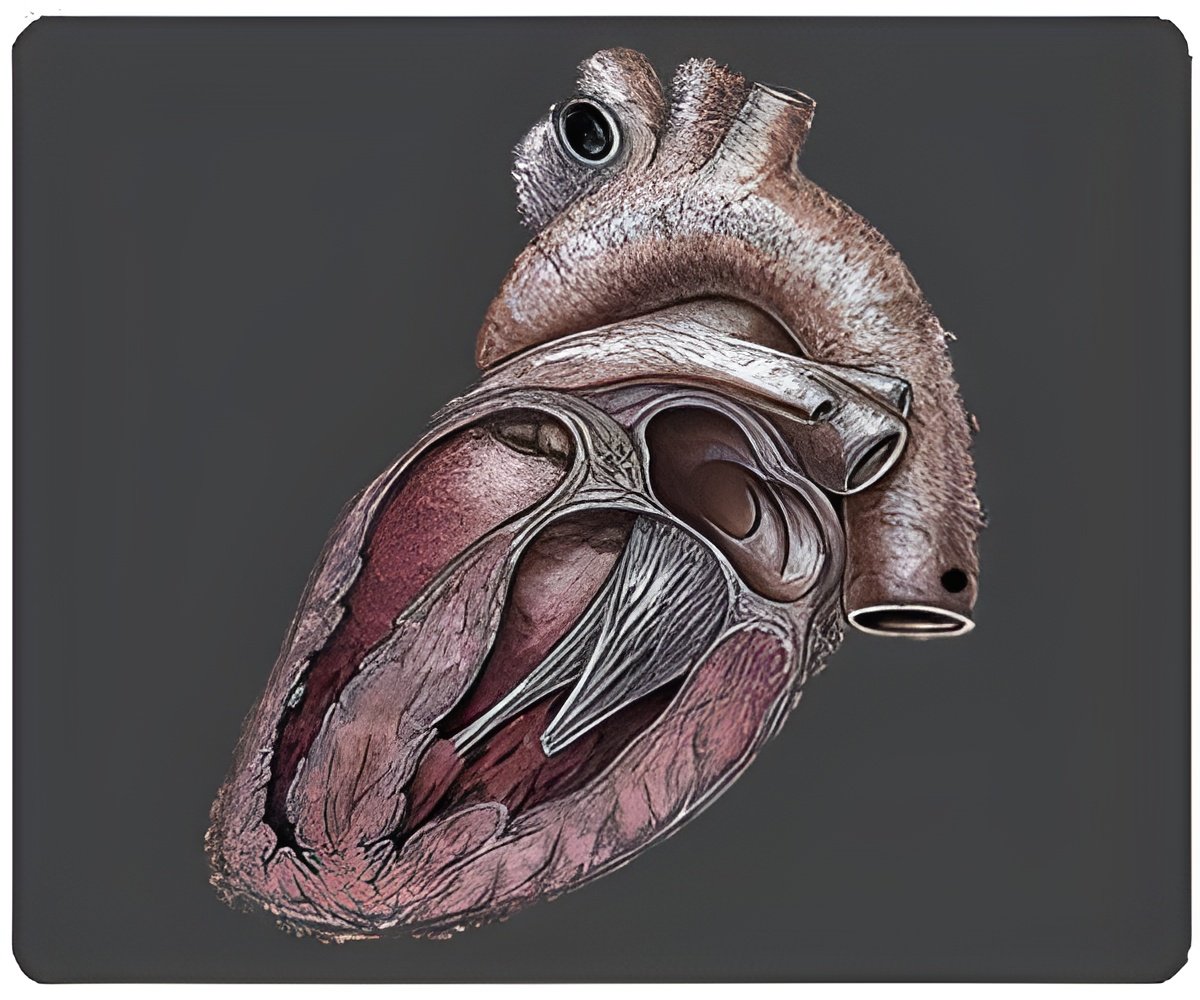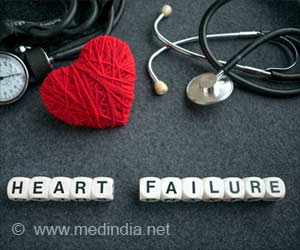A EUROASPIRE survey report reveals that a large number of coronary patients in Europe are not benefiting from cardiac rehabilitation services.

"There is still considerable potential for cardiac rehabilitation programmes to further reduce the risk of fatal and non-fatal cardiovascular events," say the investigators.
The survey, the biggest in Europe on the secondary prevention of heart disease, showed that less than half (44.8%) of all patients with coronary heart disease (CHD) were advised to follow a rehabilitation programme, but only one-third (36.5%) took part in some form of cardiac rehabilitation. Yet, of those who were advised to attend a programme, four-fifths agreed and did so.
The EUROASPIRE survey, conducted on behalf of the European Society of Cardiology (ESC), analysed medical records and interviewed almost 9000 patients with CHD in 22 countries of Europe. Much variation between countries was found, with highest rehabilitation attendance reported in Lithuania and Ireland, the lowest in Turkey, Cyprus and Russia, and virtually no attendance in Greece and Spain. "These differences are most likely to reflect the heterogeneity of healthcare systems and the availability of cardiac rehabilitation services in some regions of Europe," said the authors.
- In France 32.4% of CHD patients were advised to attend rehabilitation, and of those advised 90% attended
- In Germany 56.6% were advised, and 91.1% attended
- In Italy 51.5% were advised, and 88.7% attended
- In the UK 43.0% were advised, and 80.6 attended
- In Spain 3% were advised and < 1% attended
The study also found that patients who had coronary artery bypass surgery were more likely to be offered and attend rehabilitation programmes than those in other diagnostic categories. Smokers, older patients and those with lower educational attainment were also less likely to attend.
Advertisement
Investigator Dr Kornelia Kotseva from the National Heart & Lung Institute in London described the results as a major cause for concern. "There is an urgent need to raise the standard of secondary prevention," she said.
Advertisement
A comparison between the 13 countries which participated in both the EUROASPIRE II and III surveys showed that the proportion of patients advised to follow a cardiac rehabilitation programme increased from 44.5 to 55.7%, and that the participation rate also increased from 38.0 to 46.1%. It was also shown in EUROASPIRE III that those patients attending a cardiac rehabilitation programme smoked less (with higher smoking cessation rates), and had significantly better total cholesterol control and higher use of cardoprotective medications than found in EUROASPIRE II.
"Although these results are encouraging," said Dr Kotseva, "there is still considerable potential for cardiac rehabilitation programmes to further reduce the risk of fatal and non-fatal cardiovascular events. Many patients referred to and participating to a cardiac rehabilitation programme do not achieve the lifestyle and risk factor target.
"To achieve the clinical benefits of a prevention programme, we need to integrate professional lifestyle interventions with effective risk factor management and evidence-based drug therapies appropriately adapted to the medical, cultural and economic setting of a country. The challenge is to engage and motivate cardiologists, physicians and health professionals to routinely practice high quality preventive cardiology in a health care system which invests in prevention."
Today, cardiac rehabilitation has evolved from supervised exercise sessions and return-to-work training in patients recovering from heart attack or cardiac surgery into more comprehensive programmes which include health education on smoking, diet and physical activity, risk-factor management (control of blood pressure, cholesterol levels and diabetes), and the use of prophylactic drug therapies. The World Health Organisation describes cardiac rehabilitation as "the sum of activities required to influence favourably the underlying cause of the disease, as well as the best possible physical, mental and social conditions, so that they may, by their own efforts preserve or resume when lost, as normal a place as possible in the community".(4)
Source-Eurekalert












